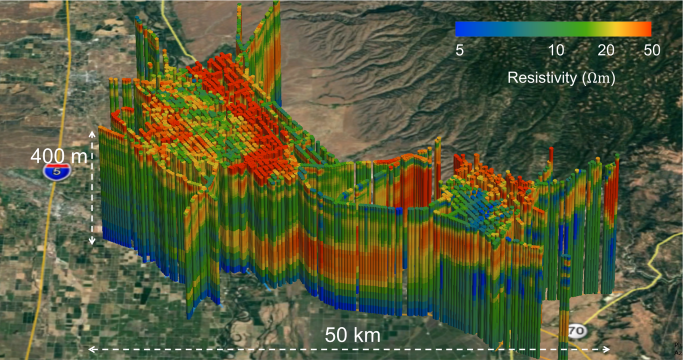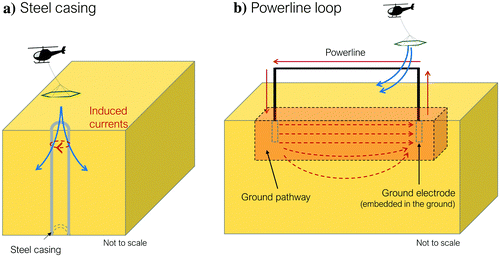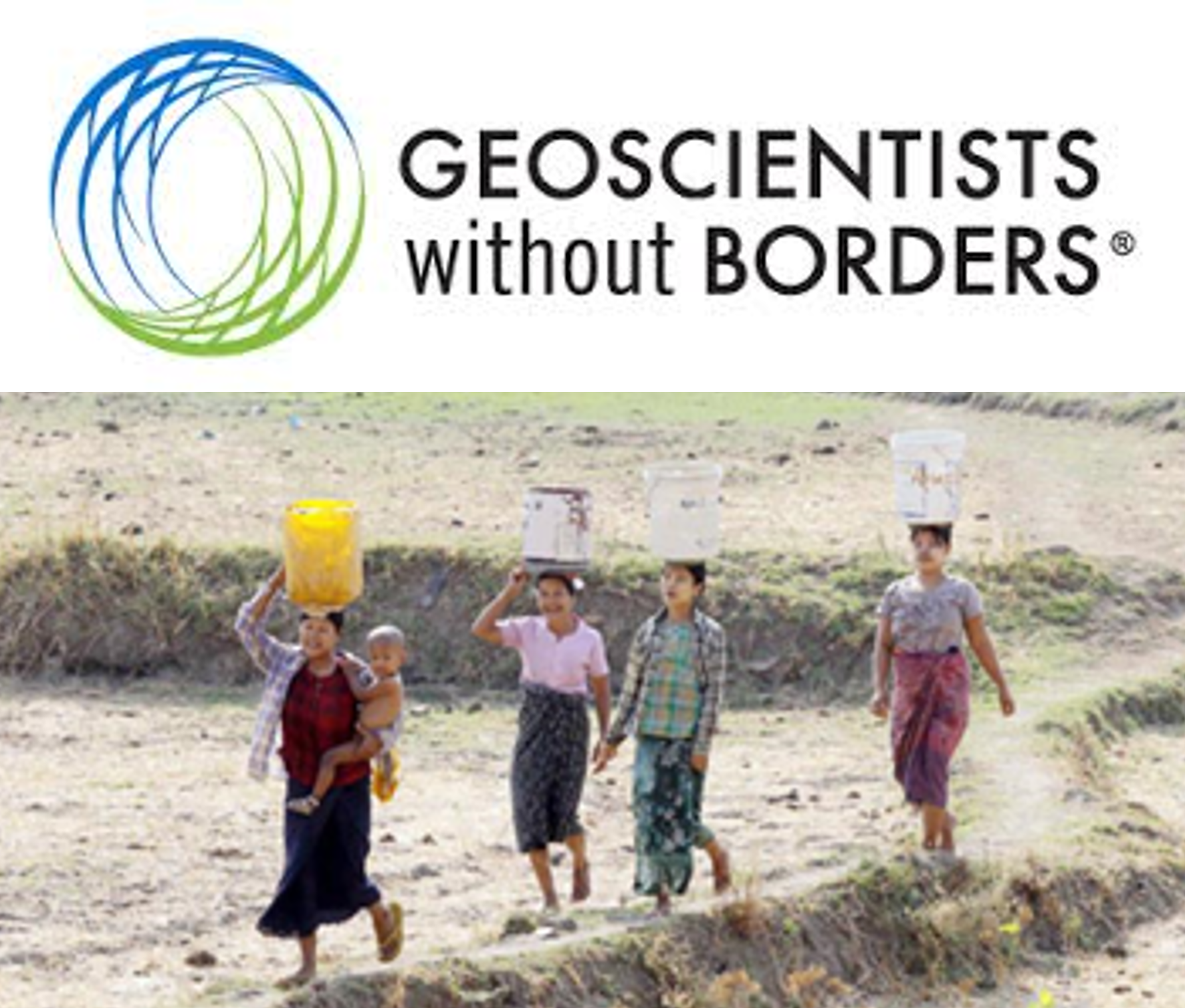Enhancing the resolving ability of electrical resistivity tomography for imaging saltwater intrusion through improvements in inversion methods: A laboratory and numerical study
Info
- Open-Access
- Journal: Geophysics
- doi: 10.1190/geo2020-0588.1
Abstract
Mapping and monitoring saltwater intrusion are critical for the sustainable management of groundwater in coastal aquifers around the world. Increasingly, geophysical methods, such as electrical resistivity tomography (ERT), have been used to address these needs. We identify methods for the inversion of ERT data that would most accurately map the location and geometry of an intrusion wedge. This is accomplished using laboratory and synthetic experiments, with the classic representation of an intrusion wedge perpendicular to the coast. The laboratory experiments allow us to collect ERT data on a saltwater intrusion wedge in an environment in which we have supporting data that provided (1) the distribution of salinity within the tank with which to verify our inversion results, (2) the resistivity, porosity, and permeability of the porous medium, and (3) the transform between resistivity and salinity. The synthetic experiments allow exploration of issues of specific interest related to the presence of lithologic heterogeneity at a field site: the role of lithologic heterogeneity in introducing complexity into the resistivity-salinity relationship and the geometry of the saltwater intrusion wedge. We find that using a reference model with a good approximation of the wedge to inform the inversion greatly improves the ability of the resulting resistivity profile to map the wedge. Where there is no, or limited, lithologic heterogeneity, a parametric approach, which constrains the range of possible solutions by solving for a sharp interface between the saltwater and freshwater regions, is very effective at capturing the wedge location and geometry. Where there is lithologic heterogeneity, a hybrid between the parametric and informed inversion approaches is most effective, resolving the wedge with a high level of accuracy with little a priori information.
Citation
Meredith Goebel, Rosemary Knight, and Seogi Kang, (2021), Enhancing the resolving ability of electrical resistivity tomography for imaging saltwater intrusion through improvements in inversion methods: A laboratory and numerical study, GEOPHYSICS 86: WB159-WB173. doi: 10.1190/geo2020-0588.1



